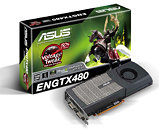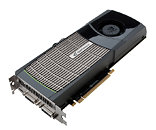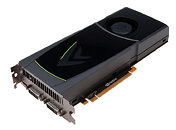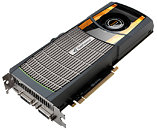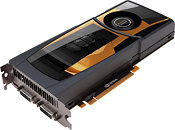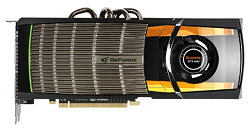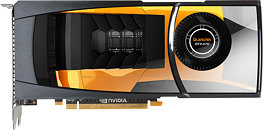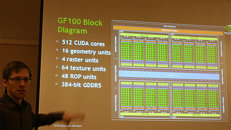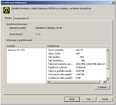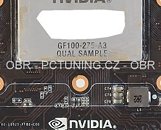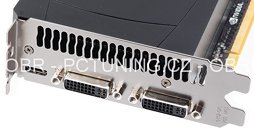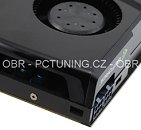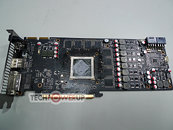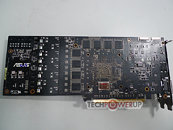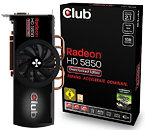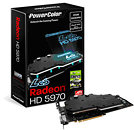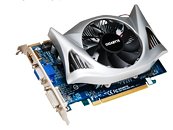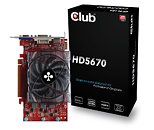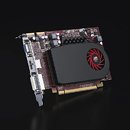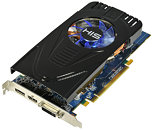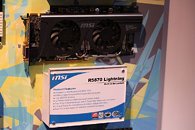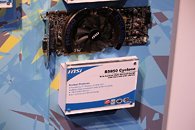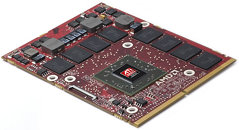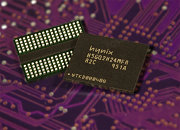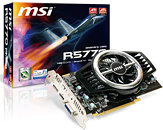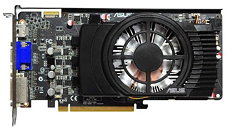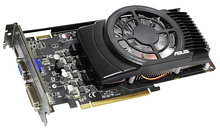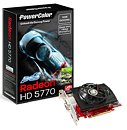
ASUS Releases its ENGTX400 Series Graphics Accelerators with VoltageTweak
Long awaited by hardcore gamers and overclockers in every part of the world, the latest generation of graphics processors from NVIDIA is finally here, and ASUS is the first to prepare and release fully-optimized products that build on its many new features to deliver total gaming frills and immersion.
The new graphics cards from ASUS deliver all the benefits of the debuting 40nm NVIDIA GPUs, possessing considerable power improvements compared to their predecessors. They come in two varieties in the initial launch. The flagship ENGTX480 uses the GTX480 core with 480 CUDA cores at 1401 MHz and a 384-bit memory interface. This is a frontline extreme performance board with a 700MHz core clock and 1536MB of 3696MHz GDDR5 memory. It's accompanied by ASUS' powerful mainline ENGTX470, which is a 448 CUDA cores running at 1215 MHz version of the NVIDIA GTX470 chip. It packs a 607MHz core and 1280MB of GDDR5 RAM at 3348MHz with a 320-bit interface.
The new graphics cards from ASUS deliver all the benefits of the debuting 40nm NVIDIA GPUs, possessing considerable power improvements compared to their predecessors. They come in two varieties in the initial launch. The flagship ENGTX480 uses the GTX480 core with 480 CUDA cores at 1401 MHz and a 384-bit memory interface. This is a frontline extreme performance board with a 700MHz core clock and 1536MB of 3696MHz GDDR5 memory. It's accompanied by ASUS' powerful mainline ENGTX470, which is a 448 CUDA cores running at 1215 MHz version of the NVIDIA GTX470 chip. It packs a 607MHz core and 1280MB of GDDR5 RAM at 3348MHz with a 320-bit interface.
